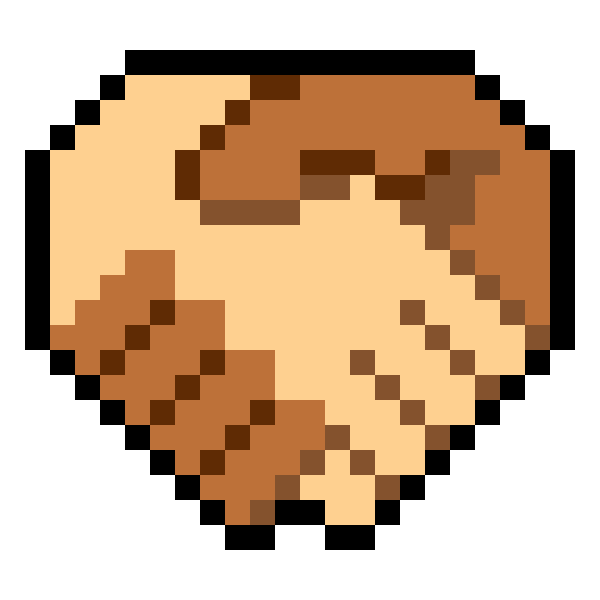231 reads
The 10-Day .Net Aspire Challenge - Day 7: Azure Blob Storage
by
September 3rd, 2024
Audio Presented by

Programmer by heart | C# | Python | .Net Core | Xamarin | Angular | AWS
Story's Credibility







About Author
Programmer by heart | C# | Python | .Net Core | Xamarin | Angular | AWS